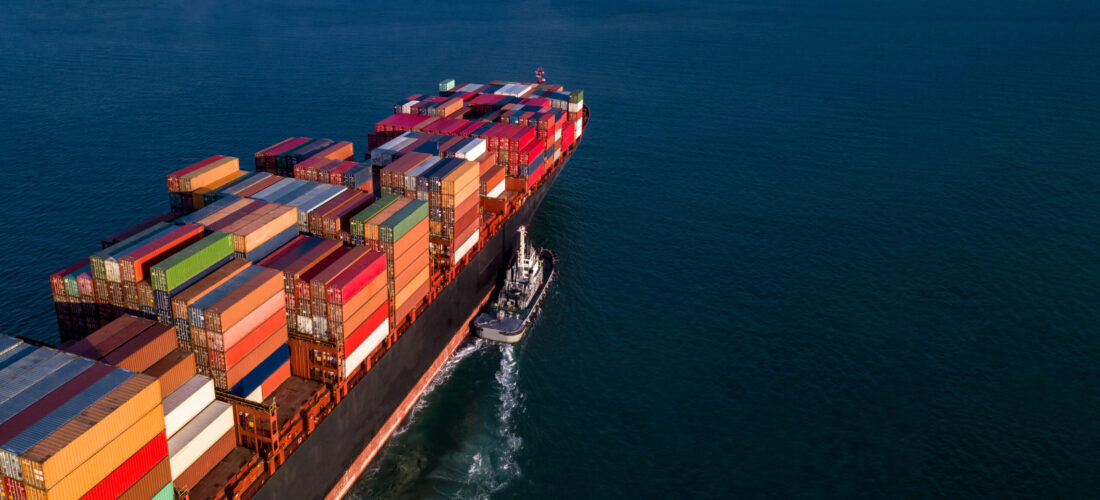
Arrival of new box ships and fewer blank sailings should ease port congestion
Aug, 30, 2024 Posted by Gabriel MalheirosWeek 202435
Port congestion should ease as new vessel capacity comes in and Red Sea diversions become the norm – but “there will always be something” disrupting the market, warned Drewry’s Ports & Terminal Insight editor, Eleanor Hadland.
In Drewry’s monthly report, the maritime consultancy identified a sharp increase in congestion as a result of the Red Sea diversions, and Ms Hadland noted: “A lot of the congestion has been related to transhipment cargo.
“If I was a shipper, I’d be looking for a direct service – I would not be wanting a service that relied on transhipment,” she added.
Ms Hadland told The Loadstar that, in order to “reduce the congestion problem”, there needed to be fewer blanked sailings.
“Efficient terminal operations require a fixed weekly vessel schedule,” she explained. “And the Red Sea crisis has reduced carriers’ ability to operate weekly sailings… The congestion we’ve seen in response to the Red Sea crisis has worsened due to blank sailings
“Unlike Covid when the disruption impacted production and distribution, what we are seeing is normal flows of cargo to/from ports via road, rail and feeder. However, with high numbers of blank sailings it doesn’t take long for a backlog of cargo to build up in the yard.”
“Once the terminal yards get congested, you start to enter a vicious cycle where the congestion reduces productivity, which leads to further vessel delays. The situation is often magnified at transhipment terminals, due to rapid build-up of cargo when connections between mainline and feeder services are missed.”
But Ms Hadland suggested the number of new vessels being delivered this year and next would provide ‘light at the end of the tunnel’. She said: “Once these vessels are deployed then the gaps in the mainline schedules caused by the longer Cape of Good Hope route will reduce, dwell times will start coming down towards normal levels and yard congestion will fall.”
Indeed, Hans-Henrik Neilson, global development director at shipping service Cargogulf, told The Loadstar: “Congestion has eased a lot. It’s still there, but a lot better in the ports we serve.”
However, Ms Hadland warned that despite this easing of congestion, there was always a risk of supply chain disruption.
“What happens if the ILA negotiations don’t succeed and we see strike action at US east and Gulf coast ports? There’s also risk of similar dock strikes in Germany and rail strikes in Canada. Plus, climate change is increasingly impacting the sector with floods and severe weather events.”
“There’s always going to be something,” she concluded.
-
Shipping
Apr, 05, 2024
0
Panama Canal restrictions set to ease as rains roll in
-
Economy
Feb, 12, 2025
0
Latin America ‘Disappears’ from Brazil’s Top Trade Surplus List
-
Ports and Terminals
Apr, 14, 2023
0
Brazil studies reduction of soybean moisture content at Port of Santos
-
Grains
Mar, 21, 2019
0
Bolsonaro grants 750,000 ton wheat quota to the US

